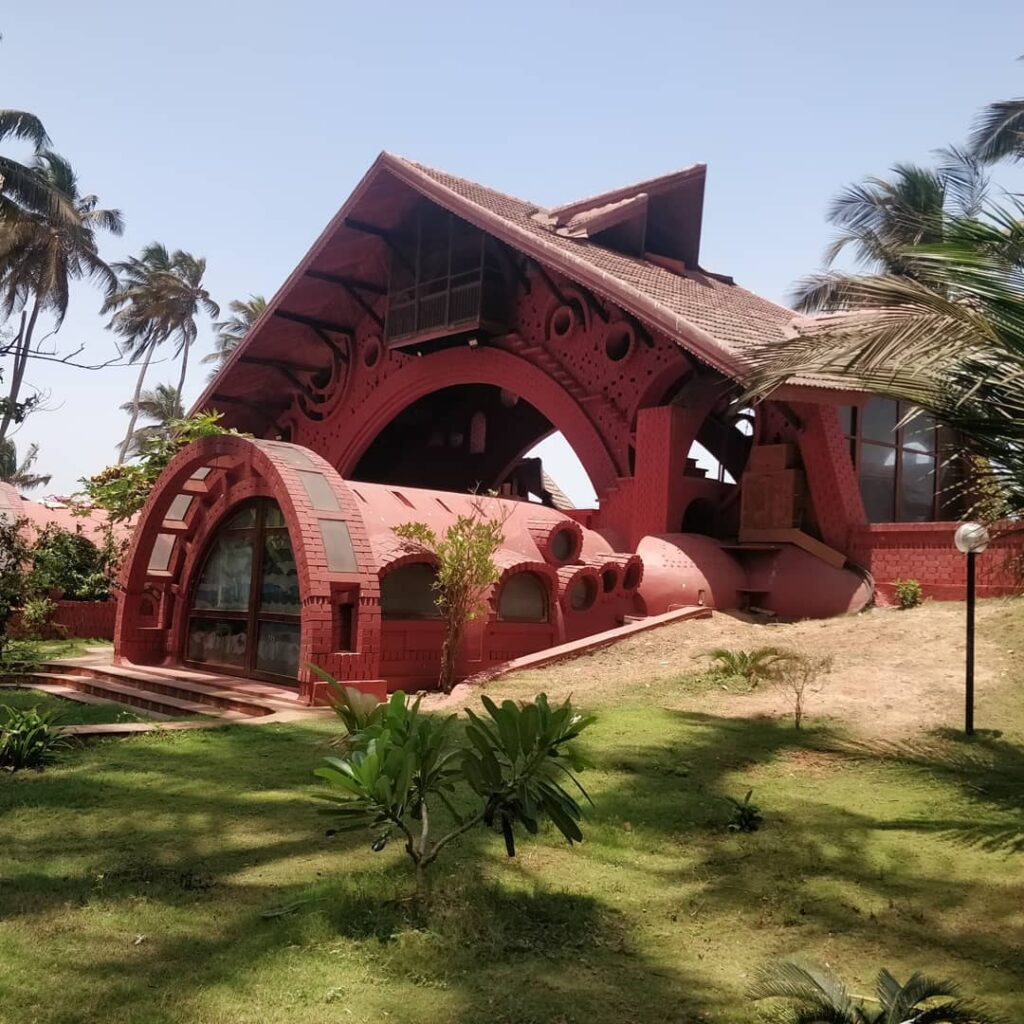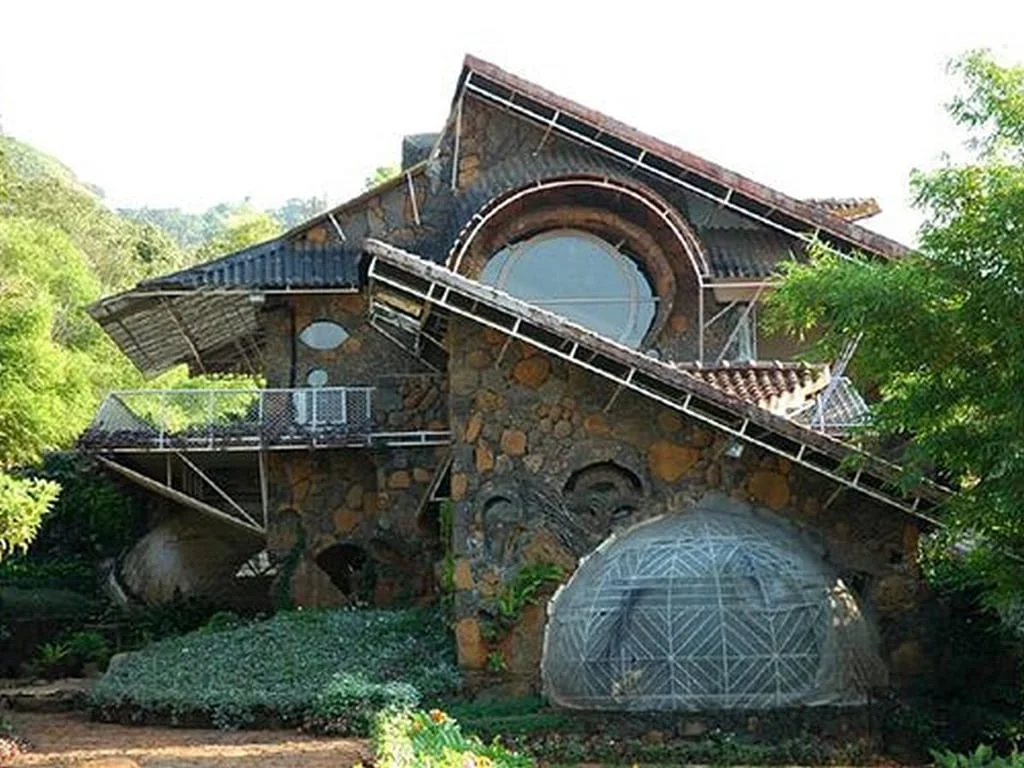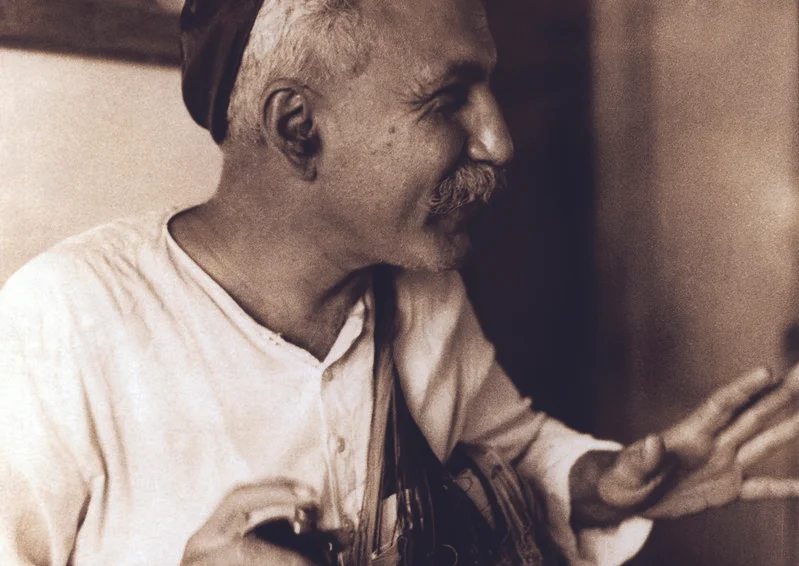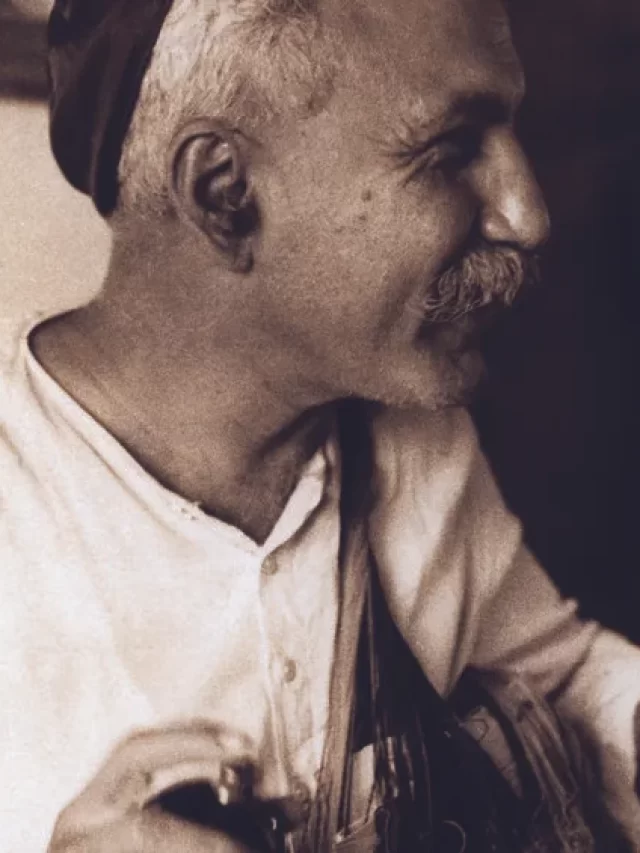Nariman Dossabhai Gandhi, popularly referred to as Nari Gandhi was an Indian architect. He was born on 2 January 1934 and passed away in a car accident on 18 August 1993. He was pursuing a diploma in architecture from Sir JJ School of Art, which he left in 1956 when offered to work at Frank Lloyd Wright’s Taliesin. It was here he became enamoured with stonework and pottery. After his stint at the Taliesin, he worked with Warren Webber. However, he left his apprenticeship in favour of Kent State University, where he learnt weaving, photography, ceramics, and woodcarving.
Nari Gandhi Architect Philosophy
The collaboration with Frank Lloyd Wright was essential to develop Nari Gandhi’s architect philosophy. He gained notoriety for his extraordinarily inventive organic architectural designs that combined Indian elements. Working with the local masons and craftsmen, he created an integrated architectural style that took into account the tropical lifestyle and local climate. Nari Gandhi’s buildings demonstrated a refined sense of materials with extraordinary use of clay, stone, brick, wood, glass, and leather, albeit labour-intensive.

The works of Nari Gandhi boast of extended roof slopes that touch the ground, arched structural design, preserving and (planting) on-site trees, and blurring the line between interior and exterior space. His work also reflected the idea of ongoing growth and change, which was demonstrated by the rebuilding, rearrangement, and extension of elements. He was inspired by Wright’s philosophy of ‘flowing spaces,’ which he achieved via geometric stone masonry and buttresses. Sunlight and wind were two main components of Nari Gandhi buildings.
Nari Gandhi Architect Works
Nari Gandhi’s works range from designing residencies to designing furniture and upholstery textiles. Despite working on over 27 projects, he wasn’t registered with the Indian Institute of Architects. Most of the commissions were earned from his friend Dady Banaji. Let us take a look at some Nari Gandhi buildings.
Mountain Lodge Nari Gandhi
The Gobhai Mountain Lodge was designed by Nari Gandhi and constructed between 1964 and 1965 at Lonavala, Maharashtra. The private residence of Jal Gobhai was his first project. The lodge is situated at a cliff top and can only be accessed with extreme toil. A triangular plan was apt to maximize the heat and light of the sun. The walls were made of quarried stone which was placed within a wooden framework. Later, concrete was poured and the wooden framework removed, giving this Nari Gandhi building a rough rubble finish.

One of the most notable works of Nari Gandhi, the roof comprises wooden trusses and steel with deep overhanging eaves to tackle the heavy rains. The floor is made of concrete. The design is made so that the main living area gathers the most sunlight. The roof at the east pressed down to redirect the flow of the southwest winds. The roof beams were set at 30 degrees and the roof panels were perpendicular to the walls.

Revdanda House
Another shining example amongst the works of Nari Gandhi is the charming red brick Revdanda House at Revdanda, which is a deconstructed rendition of a ‘home. This building is a collection of organic spaces that are scattered, open, and semi-open rather than being a space enclosed by walls and ceilings. Again, with its sloping roof, clerestory windows, and deep overhangs, this Nari Gandhi architect design responds well to the local climate.

Primarily a remodelling work, Nari Gandhi preserved the site’s thick vegetation. He used locally sourced red bricks and tree trunks as building materials, and the application of local ‘geru,’ or red earthen ochre as wall paint. The large fenestrations allowed the tree trunks to grow, provided an unhindered view, and provided areas for art pieces like terracotta pots. The house itself is a work of art mural due to its exquisite design.

Image Courtesy – Biarrow






